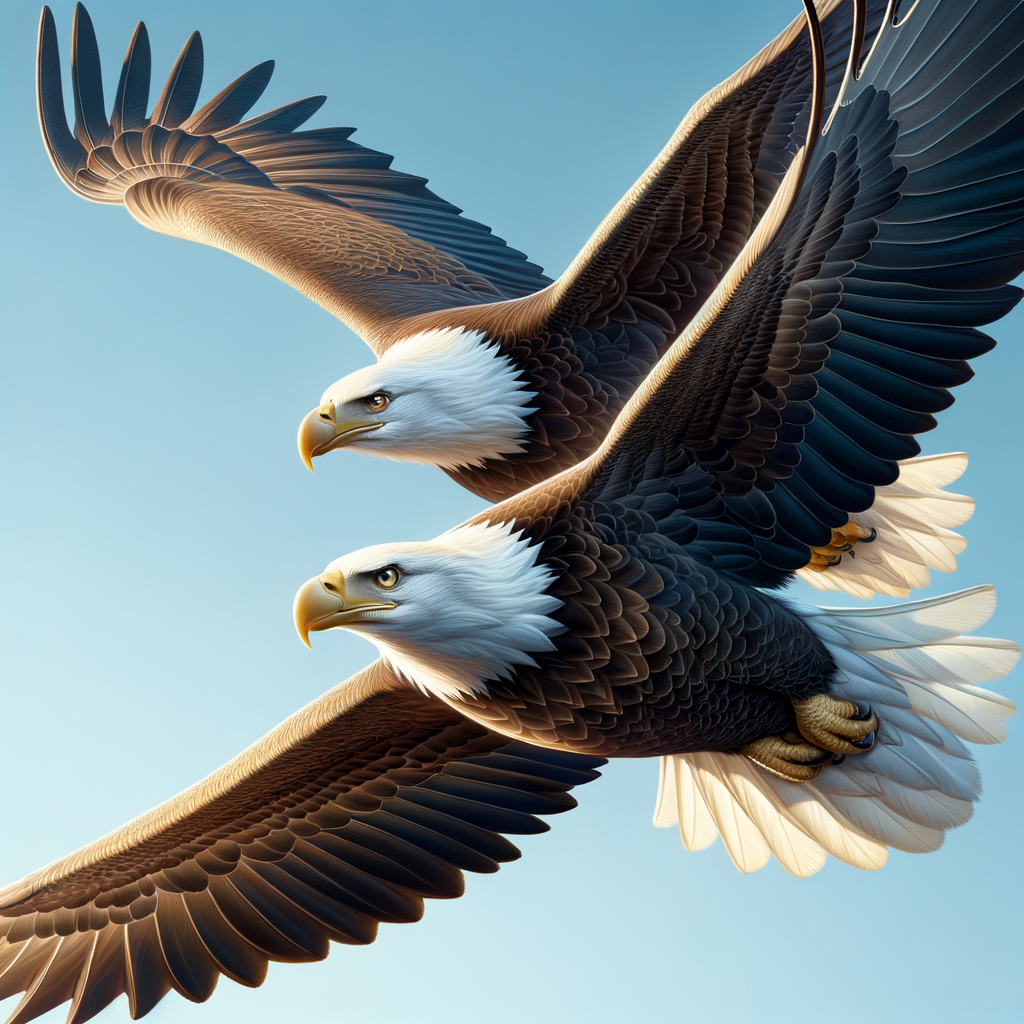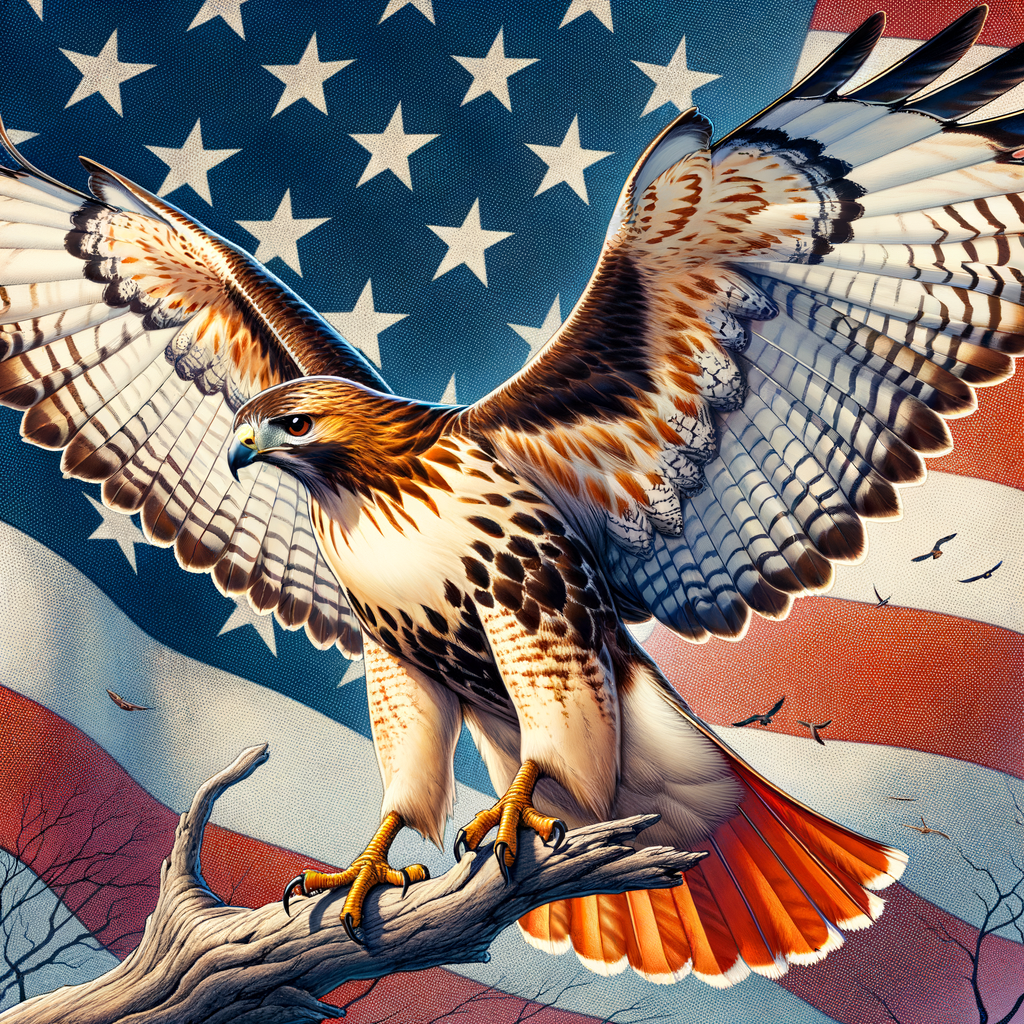Key takeaway points about Bald Eagle:
- Bald Eagles cannot be used in falconry
- U.S. Fish and Wildlife Service does not issue falconry permits for Bald Eagles
- Display permits are issued for Bald Eagles instead of falconry permits
Soaring High: The Majestic Bald Eagle
Hey there, bird enthusiasts and nature lovers! Ever wondered what it’s like to lock eyes with America’s national bird? Well, you’re in for a treat because we’re about to dive into the fascinating world of bald eagles!
These magnificent creatures aren’t just symbols of freedom and strength – they’re also incredible survivors with some pretty cool tricks up their feathered sleeves. From their piercing gaze to their impressive wingspan, bald eagles are nature’s very own superheroes.
But here’s the thing: there’s so much more to these birds than meets the eye. Did you know that bald eagles aren’t actually bald? Or that they can spot their prey from over a mile away? Stick around, and you’ll discover these fun facts and more!
In this article, we’ll explore:
- The bald eagle’s journey from endangered species to conservation success story
- Their unique physical features that make them top-notch predators
- The surprising love life of these majestic birds (spoiler: they’re quite the romantics!)
- How you can help protect these awesome creatures
So, grab your binoculars (not literally, but you know what we mean), and let’s embark on this high-flying adventure together. Trust us, by the end of this read, you’ll be just as eagle-eyed about these birds as we are!
Bald Eagles in Falconry: A Unique Perspective
Bald Eagles, majestic symbols of American freedom, are not typically associated with falconry. However, their potential in this ancient art raises interesting questions and considerations.
Can Bald Eagles be used in falconry?
While Bald Eagles are not commonly used in falconry, it is technically possible under very specific circumstances. Their use is highly regulated and restricted due to their protected status under the Bald and Golden Eagle Protection Act.
Regulations for keeping Bald Eagles
The regulations for keeping Bald Eagles are extremely stringent:
- Special permits are required from both state and federal agencies
- Only Native American tribes may obtain permits for religious purposes
- Extensive documentation and justification are necessary
- Regular inspections and reporting are mandatory
These legal aspects of falconry make it challenging for most falconers to work with Bald Eagles.
Bald Eagles compared to other falconry birds
Bald Eagles differ significantly from traditional falconry birds:
- Size: Much larger than most falconry birds
- Hunting style: Prefer fish, less suited for typical falconry prey
- Training: More challenging due to size and wild nature
- Legal status: Heavily protected, unlike many species of falcons
Their unique characteristics make them less practical for falconry compared to more commonly used birds.
Special care requirements for Bald Eagles in falconry
Caring for Bald Eagles in a falconry setting demands exceptional attention:
- Large, specially designed mews and housing
- Specialized diet, primarily fish-based
- Extra safety precautions due to their size and strength
- Advanced health care and monitoring
These requirements make Bald Eagle falconry a highly specialized and demanding practice.
Conservation and ethical considerations about Bald Eagle
The use of Bald Eagles in falconry raises important ethical questions:
- Impact on wild populations
- Appropriateness of using a national symbol
- Conservation implications
Many falconers focus on conservation efforts for Bald Eagles rather than using them in falconry.
Bald eagles are truly remarkable creatures, embodying both strength and resilience. Their journey from near-extinction to recovery is a powerful testament to effective conservation efforts. These majestic birds continue to face challenges, but their adaptability and our ongoing protection measures offer hope for their future.
As we’ve learned, bald eagles play a crucial role in their ecosystems and hold deep cultural significance. By understanding and appreciating these magnificent raptors, we can all contribute to their continued success. Whether it’s supporting conservation initiatives or simply admiring them from afar, each of us has a part to play in ensuring bald eagles soar for generations to come.



